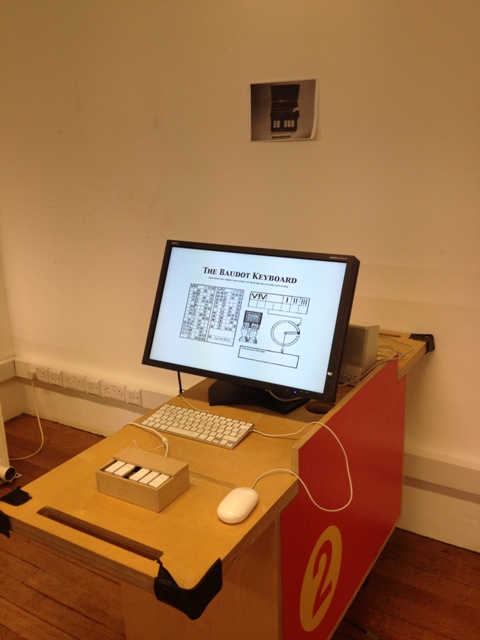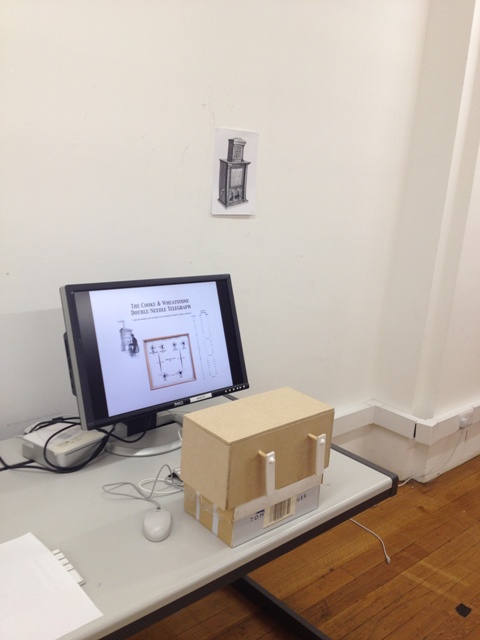Jack Gelsthorpe and Lauren Souter are both Audience Researchers working on the new Information Age gallery. Here they discuss some of the work they do in prototyping digital media for the exhibition.
In September 2014 an exciting new gallery, Information Age, which celebrates the history of information and communication technologies, is due to open at the Science Museum.
The gallery will include some truly fascinating objects such as the 2LO transmitter, part of the Enfield telephone Exchange and the impressive Rugby Tuning Coil. As well as these large scale objects, the exhibition will house smaller objects such as a Baudot Keyboard, a Crystal Radio Set, and a Morse Tapper.
Information Age will also contain a host of digital technology and interactive displays where visitors will be able to explore the stories behind the objects and the themes of the exhibition in more detail.
This is where we come in.
As Audience Researchers, it is our job to make sure that visitors can use and engage with the digital displays in this gallery whilst also ensuring that they don’t draw attention away from the objects and the stories they tell.
We do this by testing prototypes of the interactive exhibits, games, web resources and apps with visitors both in the museum and through focus groups. There are three stages in the prototyping process. We begin by showing people a ‘mock up’ of a resource so that we can get feedback on our initial ideas. This can be very basic, for example we have been testing for Information Age with storyboards on paper, handmade models (which have sometimes fallen apart during the testing process!) and computers.

We invite visitors to try these prototypes while we observe and make notes and then we interview them afterwards. This helps us to understand what people think about our ideas, whether people find the resources usable and whether the stories we want to tell are being conveyed effectively. We then discuss our findings with the Exhibition team who are then able to further develop their ideas. The resources are tested a second and third time using the same process to ensure that the final experience is interesting, fun and engaging.
As well as testing these resources in a special prototyping room we also test some of the experiences in the museum galleries to see how visitors react to them in a more realistic setting.
Recently we have been prototyping electro-mechanical interactive models of some of the smaller objects that will be on display in Information Age. These exhibits intend to give visitors an insight into what it would have been like to use these objects whilst explaining the scientific processes behind how they work.

We will be testing different digital experiences until September, so you may see us in the prototyping room or the galleries. If you see us feel free to say hello and ask us any questions.
Experience these interactive models for yourself in the new Information Age gallery, opening Autumn 2014.